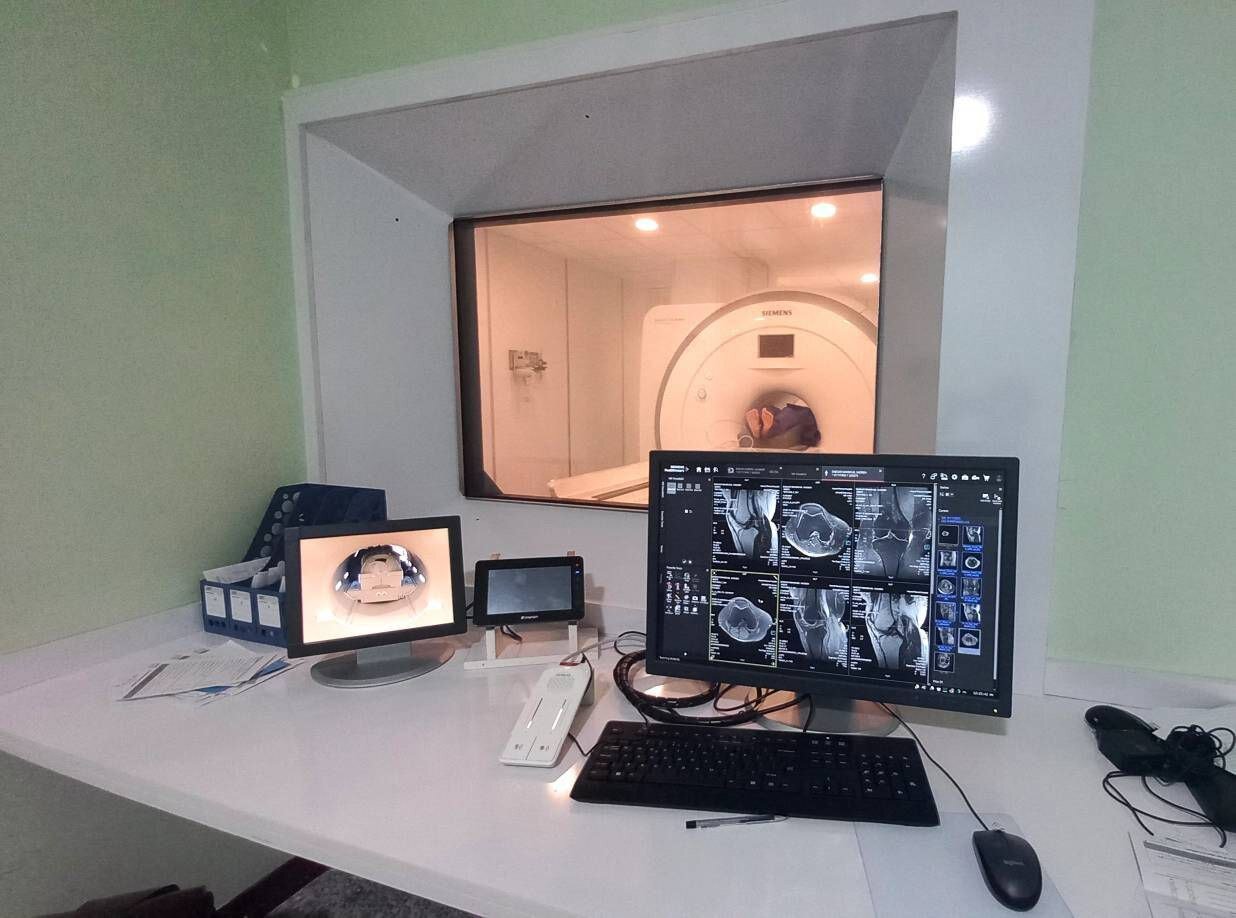WHO, World Bank collaborate on providing imaging services at Iranian hospitals

TEHRAN – The World Health Organization (WHO) in collaboration with the World Bank and the Ministry of Health and Medical Education (MOHME), is spearheading a transformative initiative to enhance healthcare access in the Islamic Republic of Iran.
Under the Iran COVID-19 Emergency Response Project–Additional Financing (ICERP-AF), WHO is overseeing the deployment of cutting-edge medical imaging equipment to 65 public hospitals spanning 31 provinces across the country.
As part of this endeavor, 42 magnetic resonance imaging (MRI) machines, 15 computed tomography (CT) scanners, and 14 angiography systems are being supplied to public hospitals, serving as a major milestone in the ongoing battle against COVID-19. This initiative is designed to strengthen the nation’s health infrastructure and cater to the surging demand for diagnostic and therapeutic services.
WHO, in collaboration with the Economic Coordination Center of the Ministry of Health and Medical Education, has successfully delivered 27 MRI machines to designated facilities as of 31 October 2023. An additional 814 devices will be distributed to 165 laboratories nationwide, reflecting the Organization’s commitment to bolstering healthcare capabilities across the country.
Notably, WHO is meticulously monitoring the installation, training, and handover processes to ensure they adhere to the highest standards. To date, the handover process of 9 MRI machines has been successfully completed, and they are now poised to serve patients, with 5 more devices in the process of training and handover.
Furthermore, the project includes the delivery of advanced CT scanners. Two 256-slice CT scanners have been delivered to hospitals in Tehran and Mashhad. One of these machines has already been handed over and is ready for immediate use. Additionally, ten 128-slice CT scanners have been imported to the country, with 6 of them successfully installed, trained, and handed over to recipient hospitals. Four more devices are currently in the training process.
The initiative also addresses the urgent need for angiography machines. By the end of October 2023, 6 angiography devices have been imported and are currently in the process of delivery to recipient hospitals, further expanding the diagnostic capabilities of the healthcare system.
The selection of the equipment was based on a comprehensive assessment, taking into account the increased demand for diagnostic devices during the COVID-19 pandemic, the depreciation of existing equipment, and the complexities associated with COVID-related diseases. The chosen hospitals are primarily situated in urban areas, strategically positioned to serve a broad network of patients within a nationwide healthcare referral system.
The distribution of medical equipment to designated hospitals was prioritized based on post-COVID-19 epidemic needs, with a focus on underprivileged provinces, as well as the availability of specialized staff and expertise to operate the sophisticated equipment.
This groundbreaking initiative underscores the commitment of WHO, in collaboration with the World Bank and the Iranian government, to fortify the health infrastructure and ensure that all citizens have access to advanced diagnostic and therapeutic services. It represents a significant step forward in the ongoing battle against COVID-19 and in preparing for future health challenges.
